Have you ever looked into the eyes of a rescue dog and felt a deep longing for connection, only to be met with uncertainty or fear? For seniors, the dream of sharing gentle moments with a loyal companion can be clouded by the challenges of building trust with a dog who’s known hardship. But don’t lose hope—creating a bond with a rescue dog is not only possible, it can be profoundly rewarding. With patience, empathy, and a few heartfelt steps, you can transform your home into a safe haven and become the hero in your rescue dog’s new chapter.
Understanding the Rescue Dog’s Past
Every rescue dog carries a unique story, often marked by loss, fear, or neglect. As a senior, it’s crucial to recognize that your new companion may need time to let go of old anxieties. Some dogs may have been abandoned, while others might never have experienced a loving home. This past can shape their behavior—hesitant glances, flinching at sudden movements, or hiding in corners. By acknowledging these signs, you’re already showing compassion. Imagine how confusing it must be for them to enter a new world, unsure if this time, things will be different. Accepting their history without judgment paves the way for a trusting relationship.
Creating a Calm and Welcoming Environment
A quiet, predictable home can be a sanctuary for a rescue dog. For seniors, your home often already has a peaceful rhythm, which is a huge advantage. Set up a cozy bed in a low-traffic area and offer soft blankets and familiar toys. Keep loud noises to a minimum and create gentle routines. The soothing atmosphere helps a dog feel safe enough to explore. It’s like inviting a nervous friend for tea—gentle tones and soft lighting make all the difference. This calm foundation reassures your new companion that they are finally home.
Moving at Your Dog’s Pace
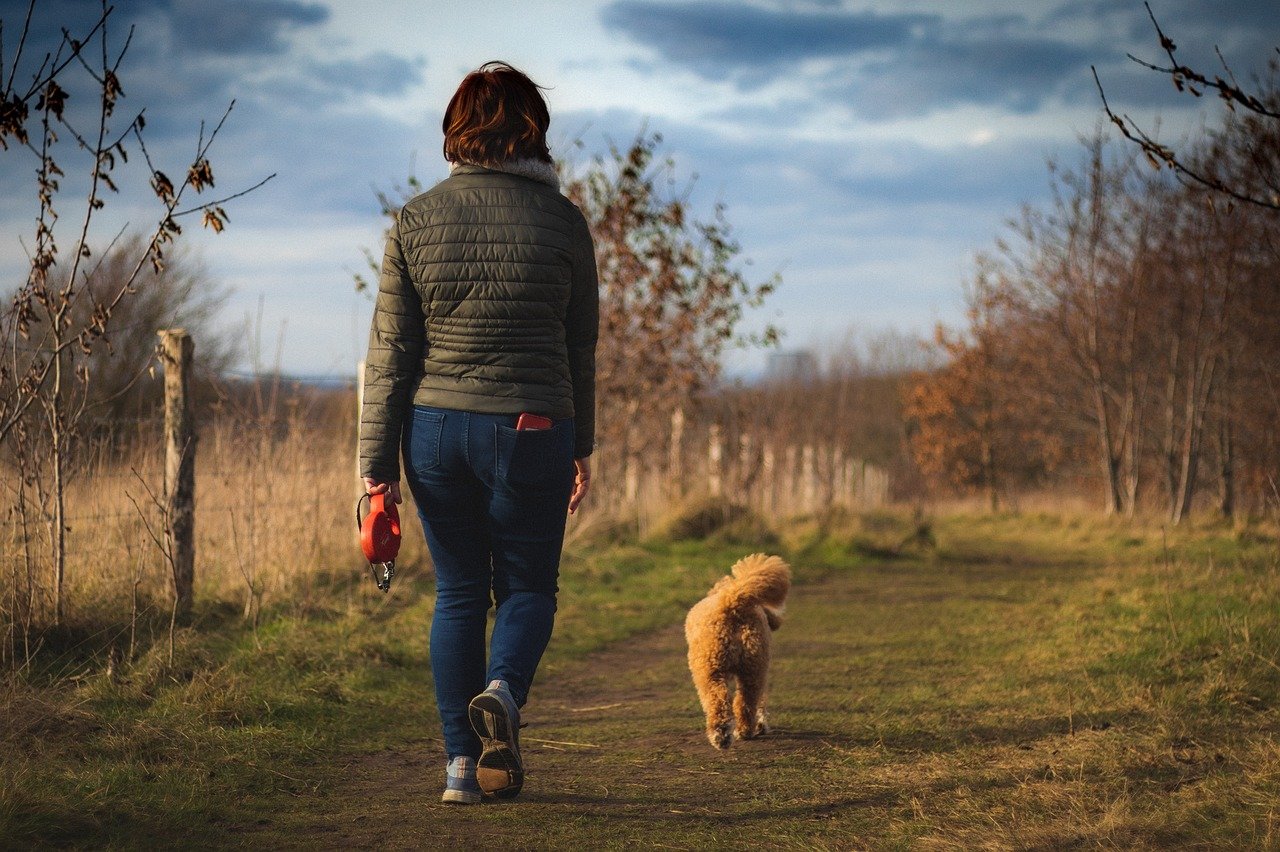
Patience truly is a virtue when bonding with a rescue dog. Let your dog set the pace for interactions, even if it means waiting longer than you’d like. If they choose to observe from across the room, respect their distance. Don’t rush introductions or force cuddles. Instead, allow curiosity to bloom naturally. Think of it like a slow dance—each step forward is a victory, no matter how small. This gentle approach builds trust and shows your dog that you respect their boundaries.
Establishing Gentle Routines
Dogs thrive on routine, and this is especially true for rescues. As a senior, you may already have established daily habits—mealtimes, walks, and quiet evenings. Incorporate your dog into these patterns, feeding and walking at the same times each day. Predictability is comforting to a dog who’s known chaos. Simple rituals, like a morning greeting or a bedtime treat, create a sense of security. Over time, your dog will look forward to these moments, seeing them as proof that stability has finally arrived.
Using Body Language and Soft Communication
Rescue dogs are experts at reading body language, often more so than words. Approach your dog with calm, slow movements. Avoid direct eye contact at first, as it can be intimidating. Speak in soft, soothing tones. Offer your hand at their level for them to sniff, rather than reaching over their head. Nonverbal cues, like sitting on the floor or turning sideways, can seem less threatening. Imagine you’re learning a new language together—every gentle gesture is a word of reassurance.
Offering Treats and Positive Reinforcement
Nothing builds trust quite like a tasty treat. Keep small, healthy snacks handy to reward calm behavior or brave steps, like approaching you or exploring a new room. Praise them gently, using a warm tone. For seniors, this is a simple and joyful way to communicate approval. Positive reinforcement links you with good experiences, helping your dog associate you with kindness and safety. Remember, every treat is a small celebration of progress.
Introducing Touch with Sensitivity
Physical affection is precious, but with a rescue dog, it must be earned. Start with gentle touches—perhaps a slow stroke along their back or a scratch behind the ears, if they seem comfortable. Watch their reactions closely; if they stiffen or move away, pause and give them space. Over time, your dog may begin to seek out touch, signaling growing trust. Imagine touch as a bridge—each careful contact brings you closer, but only if built with care.
Building Trust Through Walks and Shared Activities
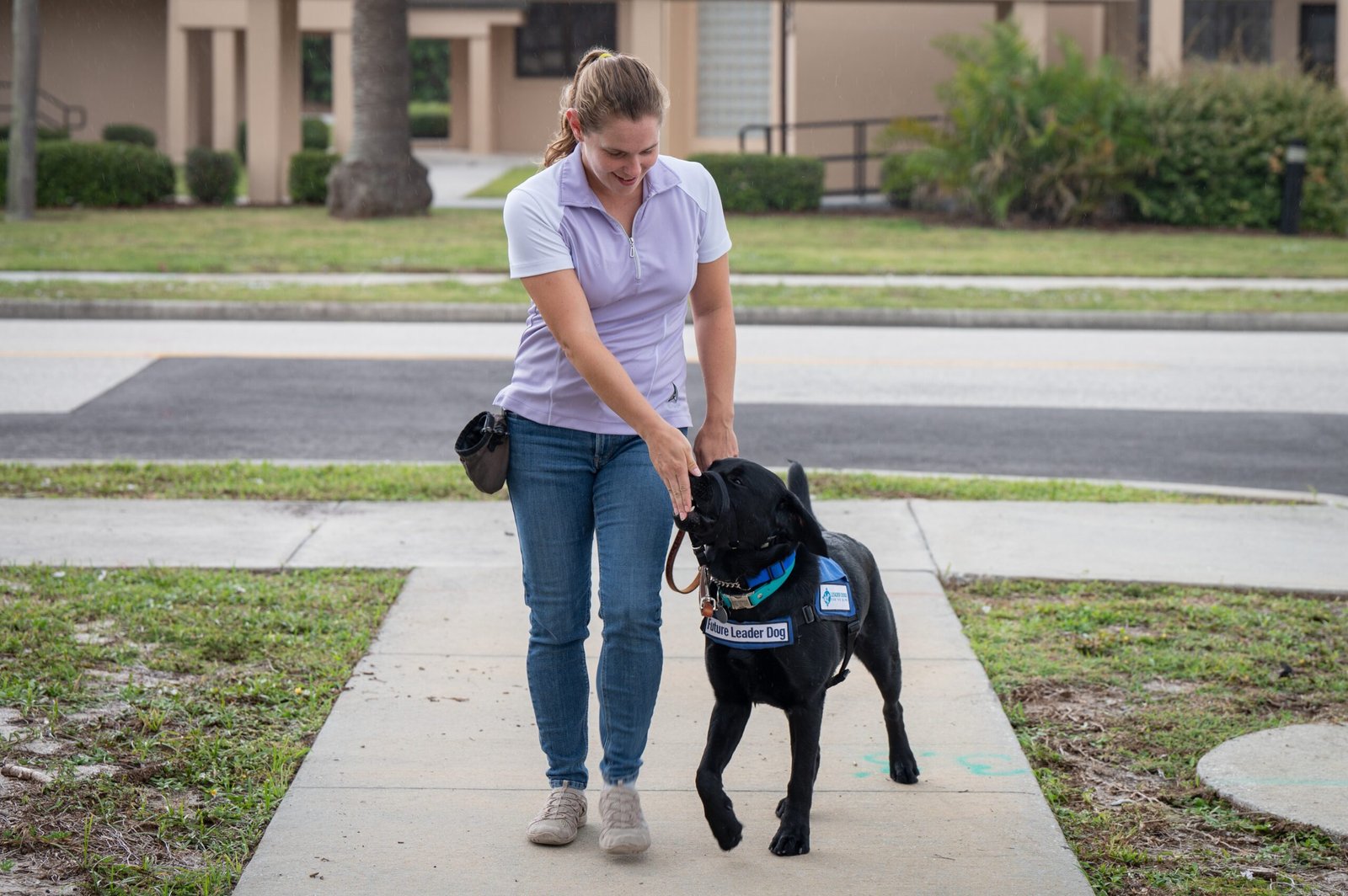
Daily walks are more than just exercise—they are bonding adventures. For seniors, strolls in quiet parks or around the neighborhood can be the highlight of the day. Use a secure, comfortable harness and allow your dog to explore at their own pace. Let them sniff, observe, and discover the world with you by their side. Shared experiences, like gentle play or relaxing in the garden, weave memories that deepen your connection. Every moment spent together is a brick in the foundation of trust.
Reading and Respecting Your Dog’s Signals
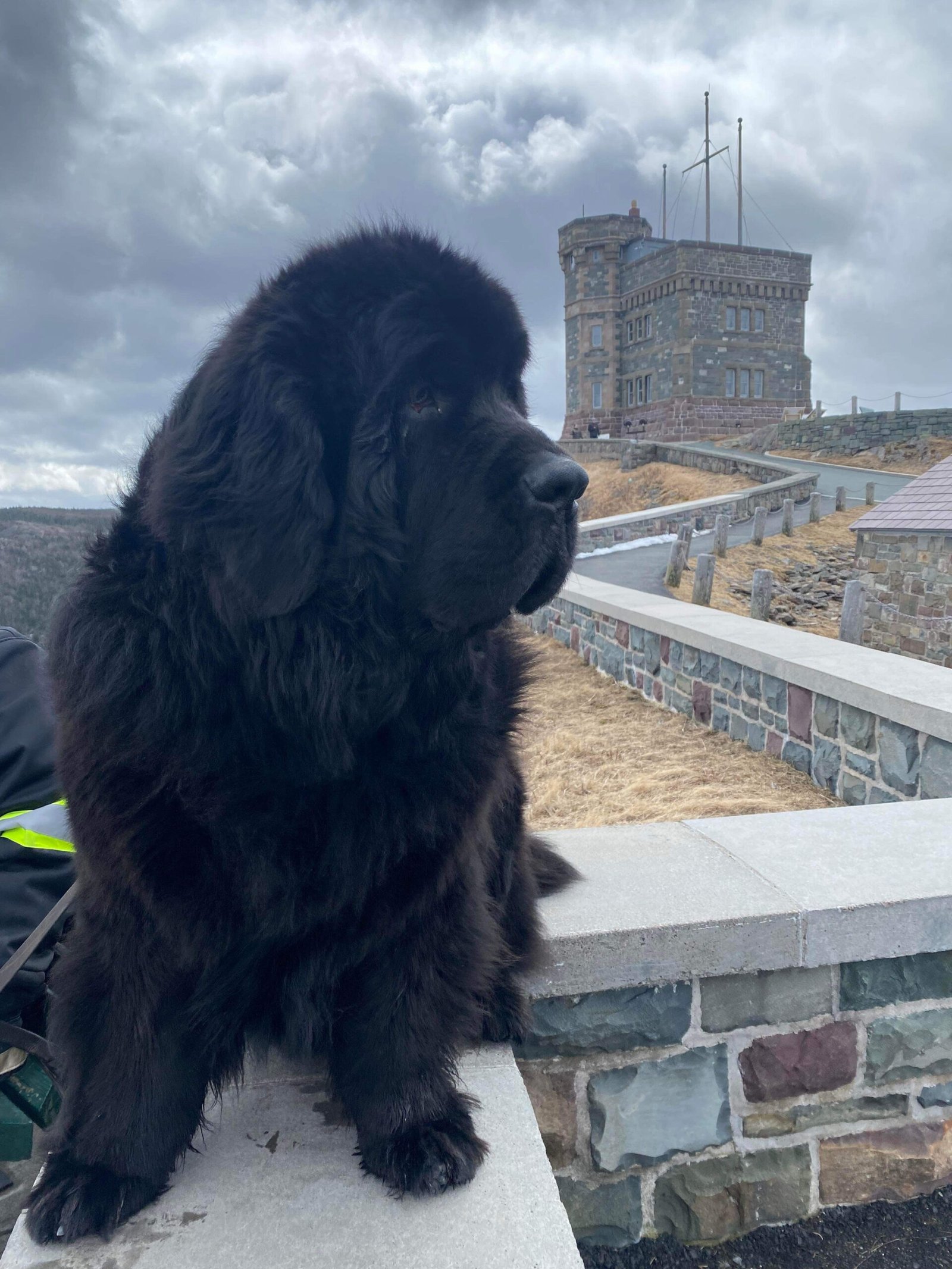
Every dog communicates in their own way, especially those with a complex past. Learn to read their body language—wagging tails, perked ears, or a tentative approach. Respect when they need space or time alone. If they retreat to their bed or avoid eye contact, it’s not rejection; it’s self-protection. Responding with patience and understanding shows your dog that their feelings matter. Over time, your sensitivity becomes the reassurance they crave.
Encouraging Socialization at a Comfortable Pace
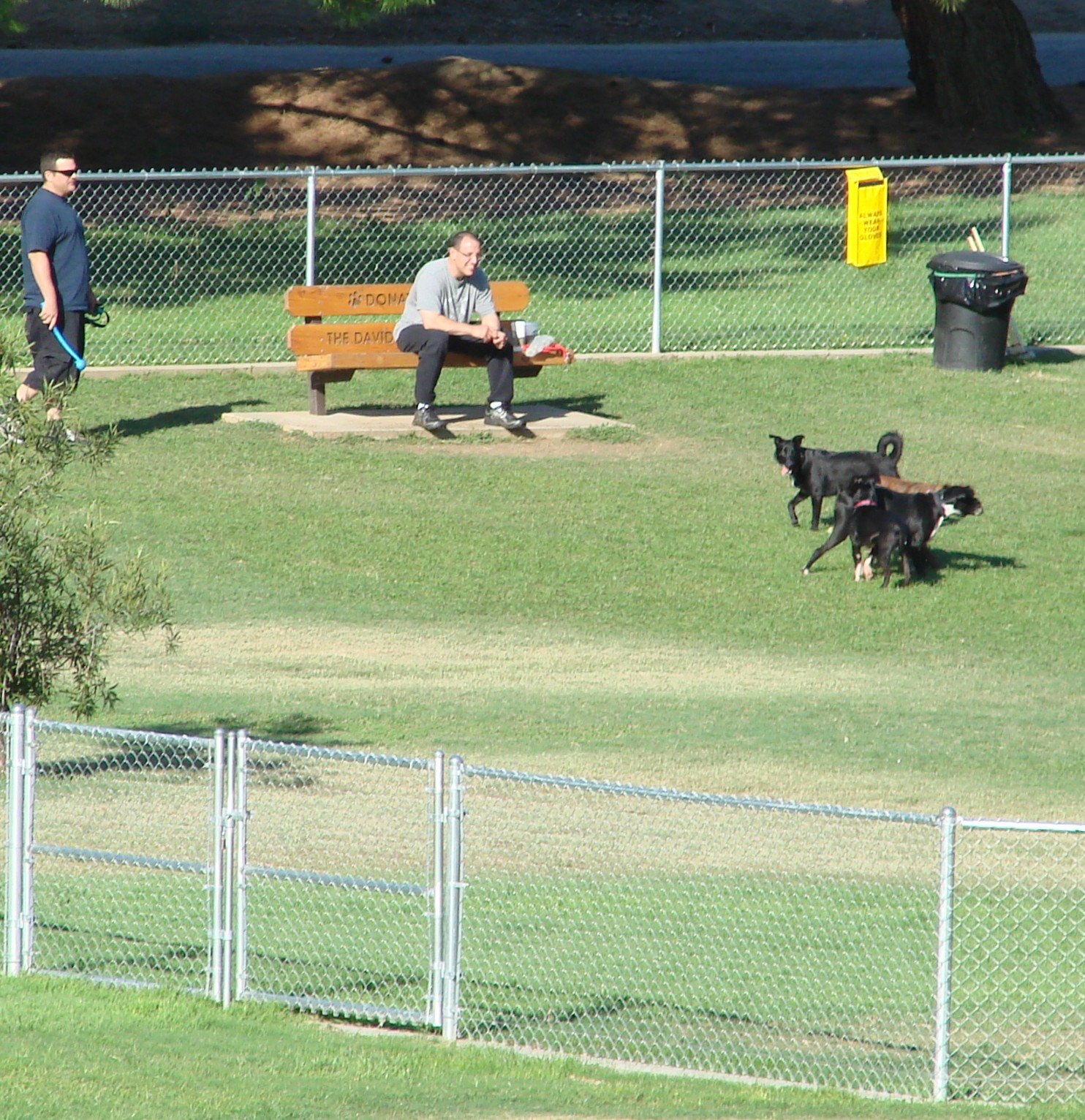
Meeting new people or animals can be overwhelming for rescue dogs. For seniors, small, calm gatherings are best. Introduce new friends slowly, one at a time, and always let your dog decide how close to get. Avoid crowded or noisy environments until your dog shows confidence. Gradual socialization helps your dog learn that the world is not as scary as it once seemed. Each positive encounter builds their courage and trust in you as their guide.
Seeking Support When Needed
Sometimes, the journey to trust isn’t smooth. If your rescue dog struggles with severe fear or anxiety, don’t hesitate to seek help from a professional trainer or behaviorist. Many seniors find comfort in joining local support groups or online communities for pet owners. Sharing stories and advice can offer encouragement and practical solutions. Remember, asking for help is a sign of dedication, not failure. Your willingness to learn and adapt is a gift to your new companion.
Cherishing Small Victories and Celebrating Progress
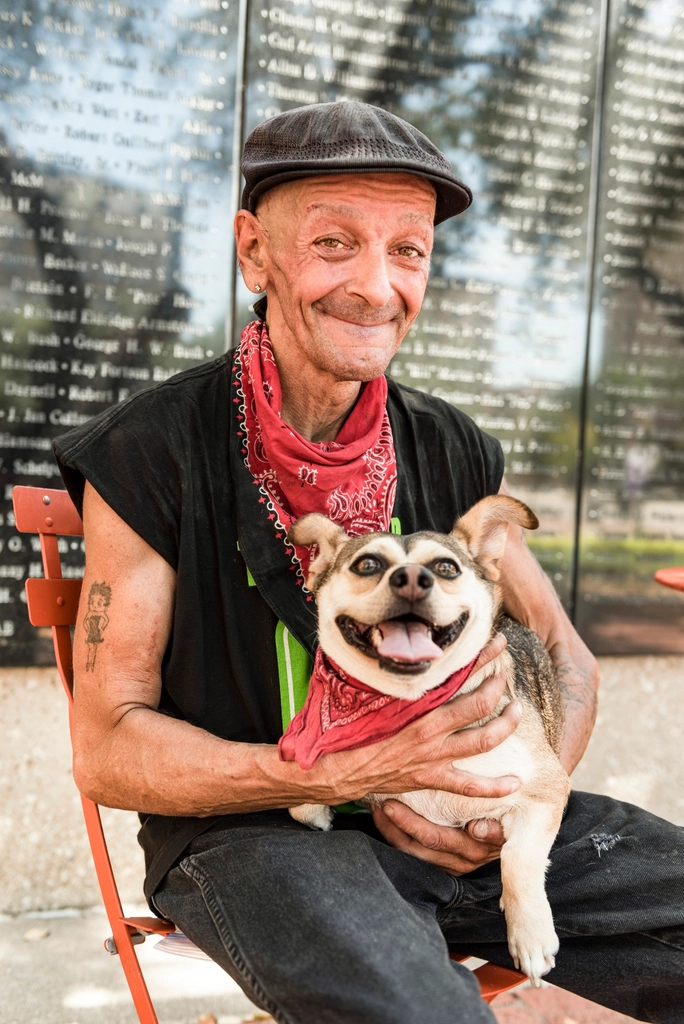
Bonding with a rescue dog is a journey filled with tiny triumphs—a wagging tail, a relaxed sigh, a gentle nuzzle. Celebrate these moments, no matter how small. For seniors, every step forward is a reminder that love and trust can blossom at any age. Keep a journal of progress, or share updates with loved ones. These memories become the heart of your new friendship, proof that patience and kindness can heal even the deepest wounds.

Esther is from India; the heartbeat of South Asia, holding a Master’s degree in Zoology and a postgraduate diploma in Animal Welfare. Her enthusiasm for animal welfare drives her passion and dedication to working for animals, ensuring their well-being, and advocating for their rights. With a solid academic background and hands-on experience, she is committed to making a positive impact in the field of animal welfare. In her free time, she enjoys embroidery and sewing. As a Chennaite from Tamil Nadu, Esther loves Bharathanatyam, an Indian classical dance form.





